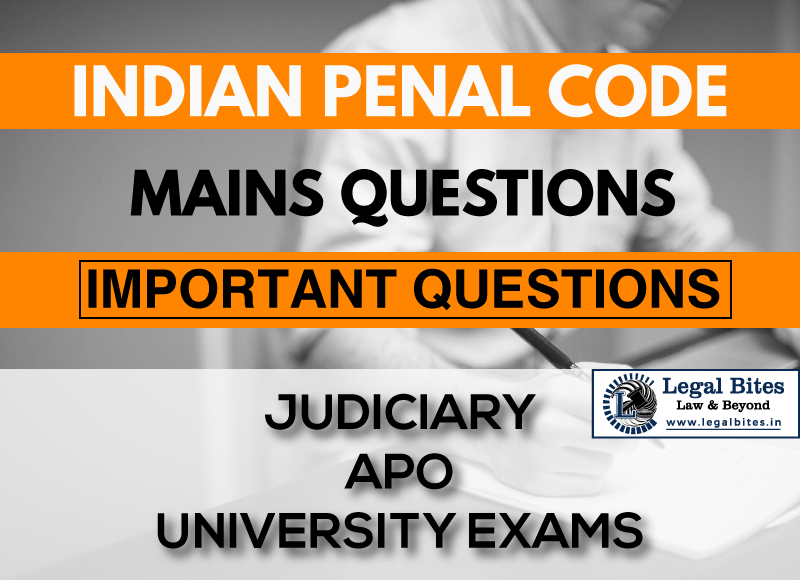Question: A removes one leaf of cheque from B’s cheque book which was neither signed nor dated. The removal was done dishonestly and without B’s consent. Has A committed any offence? Give reasons and also refer to the case law, if any, on the point. Find the answer to the mains question only on Legal Bites. [A removes one leaf of cheque from B’s cheque book which was neither signed nor dated. The removal was done dishonestly and without B’s consent. Has A committed any offence?...
Question: A removes one leaf of cheque from B’s cheque book which was neither signed nor dated. The removal was done dishonestly and without B’s consent. Has A committed any offence? Give reasons and also refer to the case law, if any, on the point.
Find the answer to the mains question only on Legal Bites. [A removes one leaf of cheque from B’s cheque book which was neither signed nor dated. The removal was done dishonestly and without B’s consent. Has A committed any offence? Give reasons and also refer to the case law, if any, on the point.]
Answer
Section 378, IPC defines the offence of Theft as:
“Whoever, intending to take dishonestly any movable property out of the possession of any person without that person’s consent, moves that property in order to such taking, is said to commit theft.”
In order to constitute the offence of theft, the following five elements are essential:
- it should be a movable property;
- in the possession of anyone;
- a dishonest intention to take it out of that person’s possession;
- without his consent; and
- a moving in order to such taking.
The intention is the gist of the offence. It is the intention of the taker at the time when he removes the article that determines whether the act is theft or not. The intention to take dishonestly exists when the taker intends to cause ‘wrongful gain’ to one person and ‘wrongful loss’ to another. Wrongful gain or wrongful loss must be involved in dishonesty.
In the present case at hand, A removes one leaf of the cheque from B’s cheque book with clear dishonest intention and without B’s consent. It is immaterial whether the cheque was signed or not, it was the property of B and the act of A satisfies all the ingredients of section 378 of the code. Hence, A is said to have committed theft and is punishable under section 379.
Important Mains Questions Series for Judiciary, APO & University Exams
- IPC Mains Questions Series Part I: Important Questions
- IPC Mains Questions Series Part II: Important Questions
- IPC Mains Questions Series Part III: Important Questions
- IPC Mains Questions Series Part IV: Important Questions
- IPC Mains Questions Series Part V: Important Questions
- IPC Mains Questions Series Part VI: Important Questions
- IPC Mains Questions Series Part VII: Important Questions
- IPC Mains Questions Series Part VIII: Important Questions
- IPC Mains Questions Series Part IX: Important Questions
- IPC Mains Questions Series Part X: Important Questions


